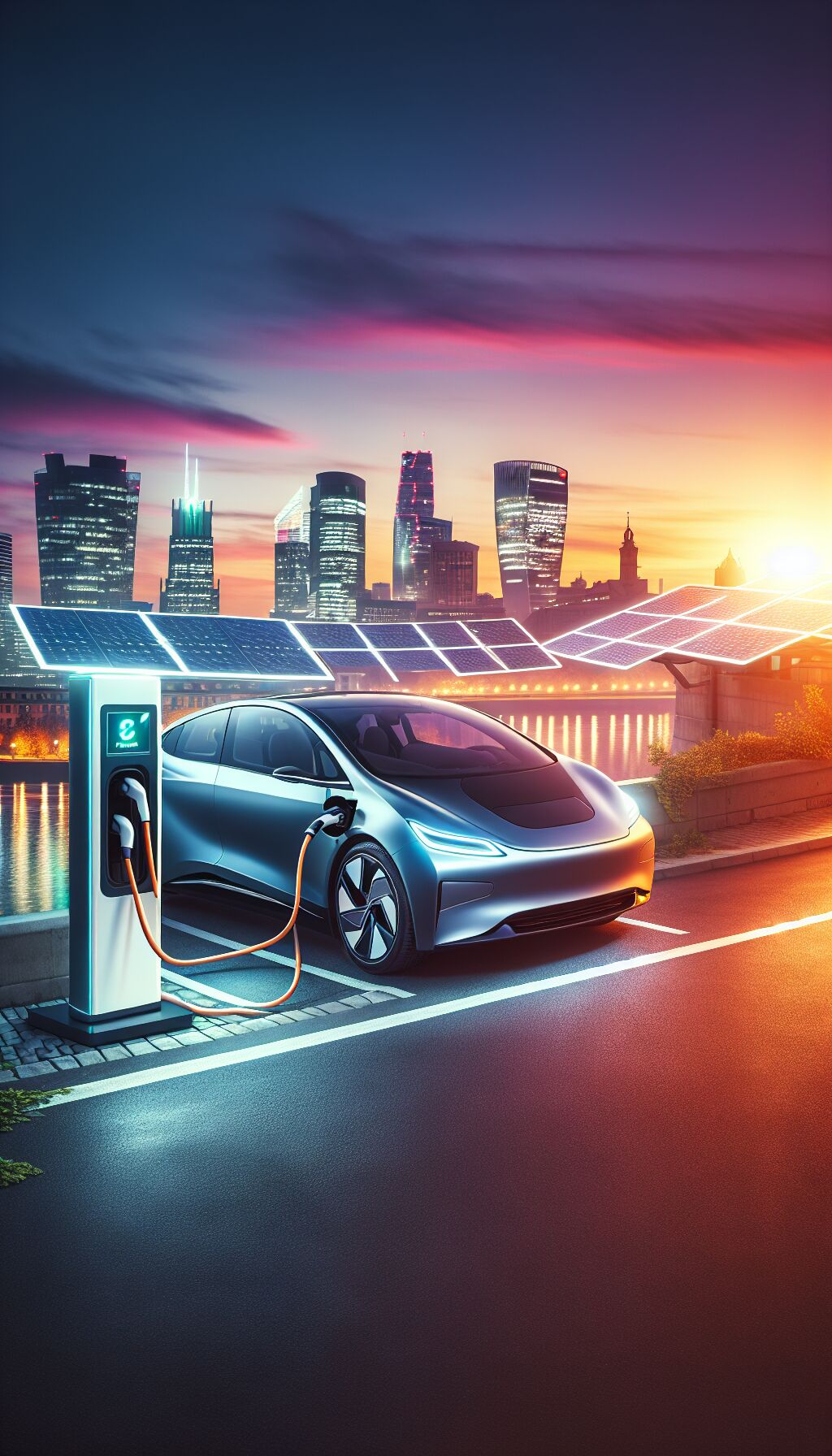Germany’s Auto Industry Faces Challenges – What Will Drive Its Recovery?
By [Your Name]
Date: [Current Date]
Germany has long been synonymous with automotive excellence. Renowned for manufacturing coveted brands like Volkswagen, BMW, Audi, and Mercedes-Benz, the German auto industry stands at a pivotal junction. For years, it thrived as the world’s leading automobile producer, but recent challenges—including the rapid shift to electric vehicles (EVs), the impact of the COVID-19 pandemic, and intensified global competition—have prompted a reassessment of the industry’s future viability and trajectory.
The automotive sector is undergoing a seismic shift as consumers increasingly gravitate towards sustainable transport solutions. As environmental regulations tighten across Europe, traditional gasoline and diesel engines face obsolescence. German manufacturers, while recognized for their engineering prowess, have sometimes lagged in the EV sector. Tesla’s meteoric rise and the aggressive maneuvers of Asian manufacturers like BYD and Nio have put immense pressure on German brands to ramp up their electric offerings.
Many industry leaders recognize the urgency of this transition. Companies invest billions in electrification strategies, with manufacturers unveiling ambitious plans to shift significantly towards EV production. Audi, for instance, aims to become fully electric by 2033, while Volkswagen has committed to launching multiple electric models over the coming years. However, the transition has proved challenging, with production hurdles ranging from battery supply shortages to scaling manufacturing processes.
The recent global pandemic has exposed vulnerability within Germany’s auto supply chains. Lockdowns, social distancing regulations, and labor shortages have impeded production lines and delayed crucial components. The semiconductor shortage, particularly, has stalled car production worldwide. German manufacturers, reliant on complex supply chains, found themselves unable to deliver vehicles to waiting consumers, leading to significant revenue losses.
Efforts are underway to mitigate future disruptions, with many companies opting to diversify their supplier networks and reassess just-in-time inventory practices. Additionally, the emphasis on sourcing more locally produced materials and components aims to enhance reliability. However, realigning supply chains presents its own set of challenges, including costs and logistics.
As Europe champions sustainability, stringent regulations concerning emissions have become the norm. The European Union has set ambitious targets in a bid to transition to greener vehicles, which places added pressure on auto manufacturers to comply or face penalties. Such regulations have forced companies to re-evaluate their production methods and product offerings, as failure to adhere could jeopardize their standing in a critical marketplace.
For instance, the Drive for Zero initiative emphasizes reducing vehicle emissions to achieve climate neutrality by 2050. Consequently, automotive companies are racing to embrace greener technologies and manufacturing processes to align with these new mandates. Innovations like hydrogen fuel cells and improved battery technologies are anticipated to play a vital role in this transition.
Not only are German manufacturers facing internal challenges, but they also contend with fierce competition from global rivals. American and Asian carmakers have ramped up their commitments to EV technologies, often outpacing German firms in introducing affordable and desirable models. This competitive environment forces German firms to balance traditional market strengths against agile, innovative newcomers.
Furthermore, the emergence of tech companies in the automotive space, along with established manufacturers’ collaborative ventures with startups, adds yet another layer of complexity. For instance, partnerships to develop autonomous driving technologies are reshaping the landscape, necessitating that traditional manufacturers adapt to a more digitalized, data-driven market approach.
An Overview of the Current Landscape
The Impact of Electric Vehicles
Supply Chain Disruptions
Environmental Regulations and Emission Standards
Global Competition: The New Normal
Future Investment Strategies: Path to Recovery
To navigate the shifting terrain, German automotive companies are focusing on investment in research and development (R&D) aimed at innovation. Significant investments in EV manufacturing capabilities, battery technology, and sustainability initiatives are crucial for fostering long-term recovery. In particular, collaborations with tech companies to develop software-driven automotive solutions are becoming increasingly common.
Setting the pace for automotive evolution, companies are also considered responsible for fostering a skilled workforce adept in the emerging technologies that will shape the future of mobility. Upskilling current employees and attracting new talent from the tech world to address challenges related to AI, big data, and machine learning will bolster competitiveness.
Conclusion: A Transformational Journey Ahead
The road ahead for Germany’s auto industry appears uniquely challenging yet filled with potential. To survive and thrive, the sector must embrace transformation, adapting quickly to changes in technology, consumer behavior, and regulatory frameworks. Alongside governmental support for sustainable practices and innovation, the collaboration between traditional automakers and tech startups may reshape the future of mobility.
Germany’s commitment to its automotive heritage remains steadfast, and with strategic planning, it has the potential to emerge from this crisis not just intact, but revitalized. The automotive giants of Germany are now faced with an imperative: to drive the recovery and ensure their leadership in the next era of mobility.
This rewritten HTML document presents a detailed analysis of the challenges faced by Germany’s auto industry and the avenues for recovery, formatted in a journalistic style with appropriate headings.
